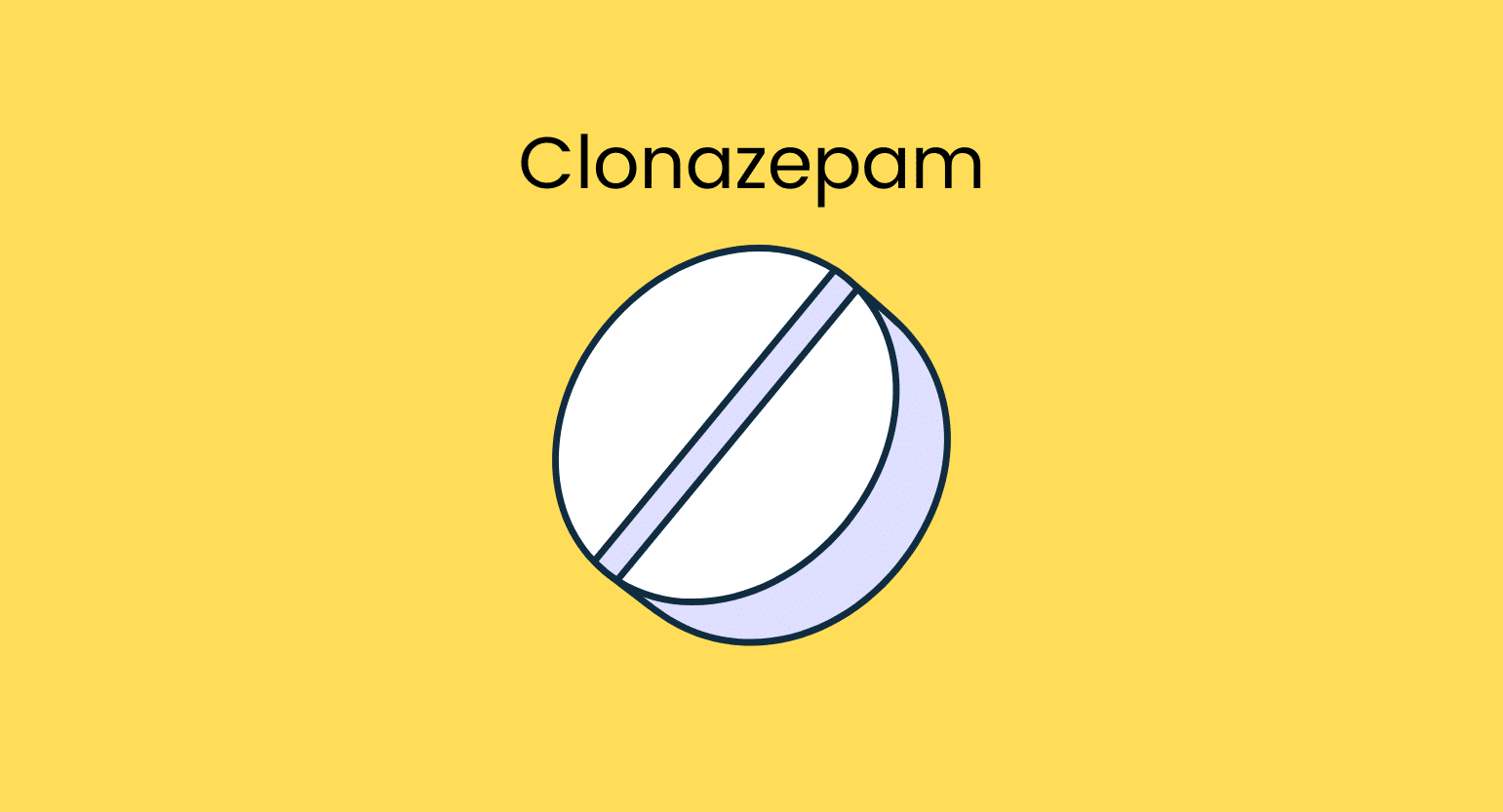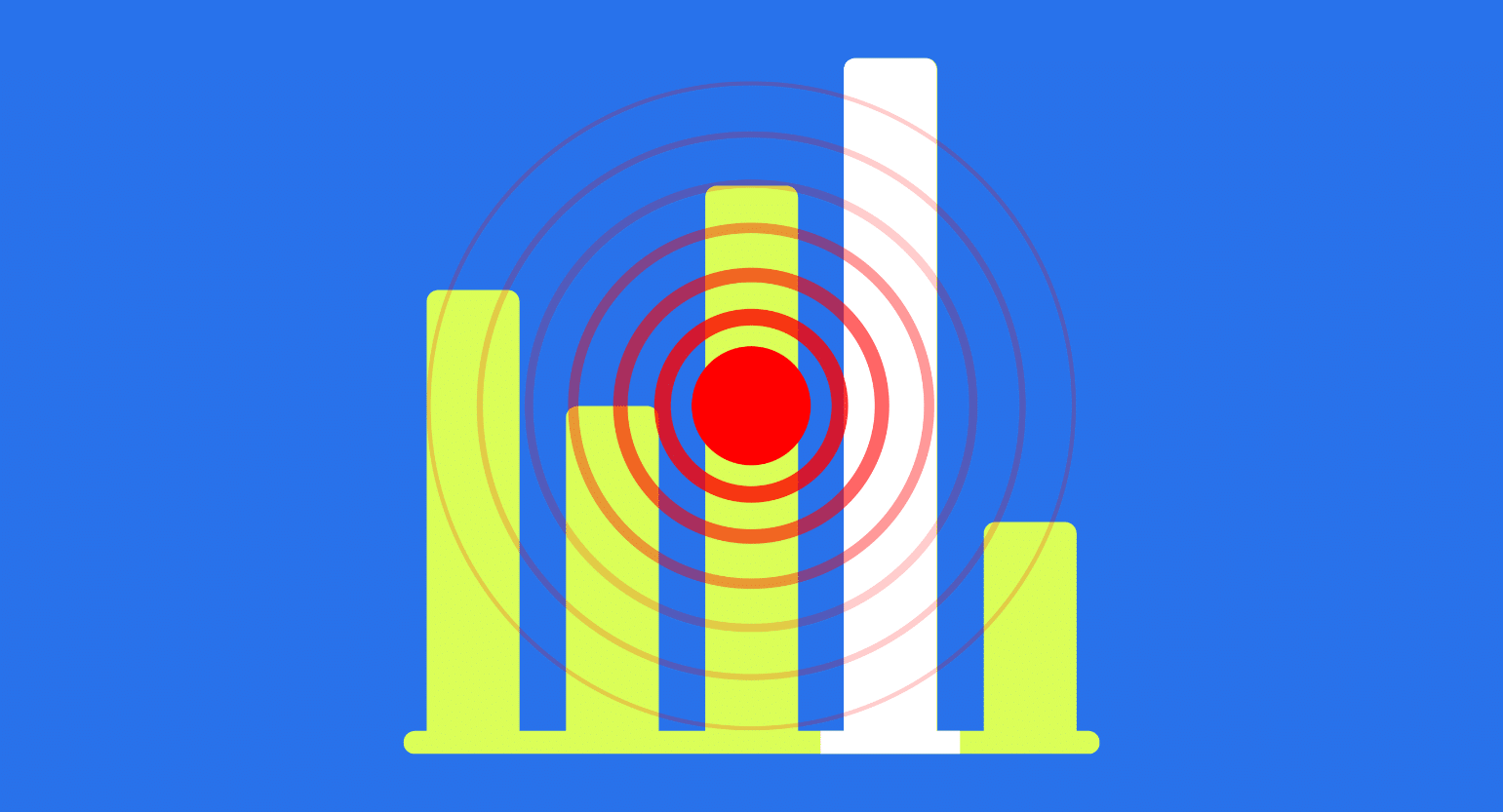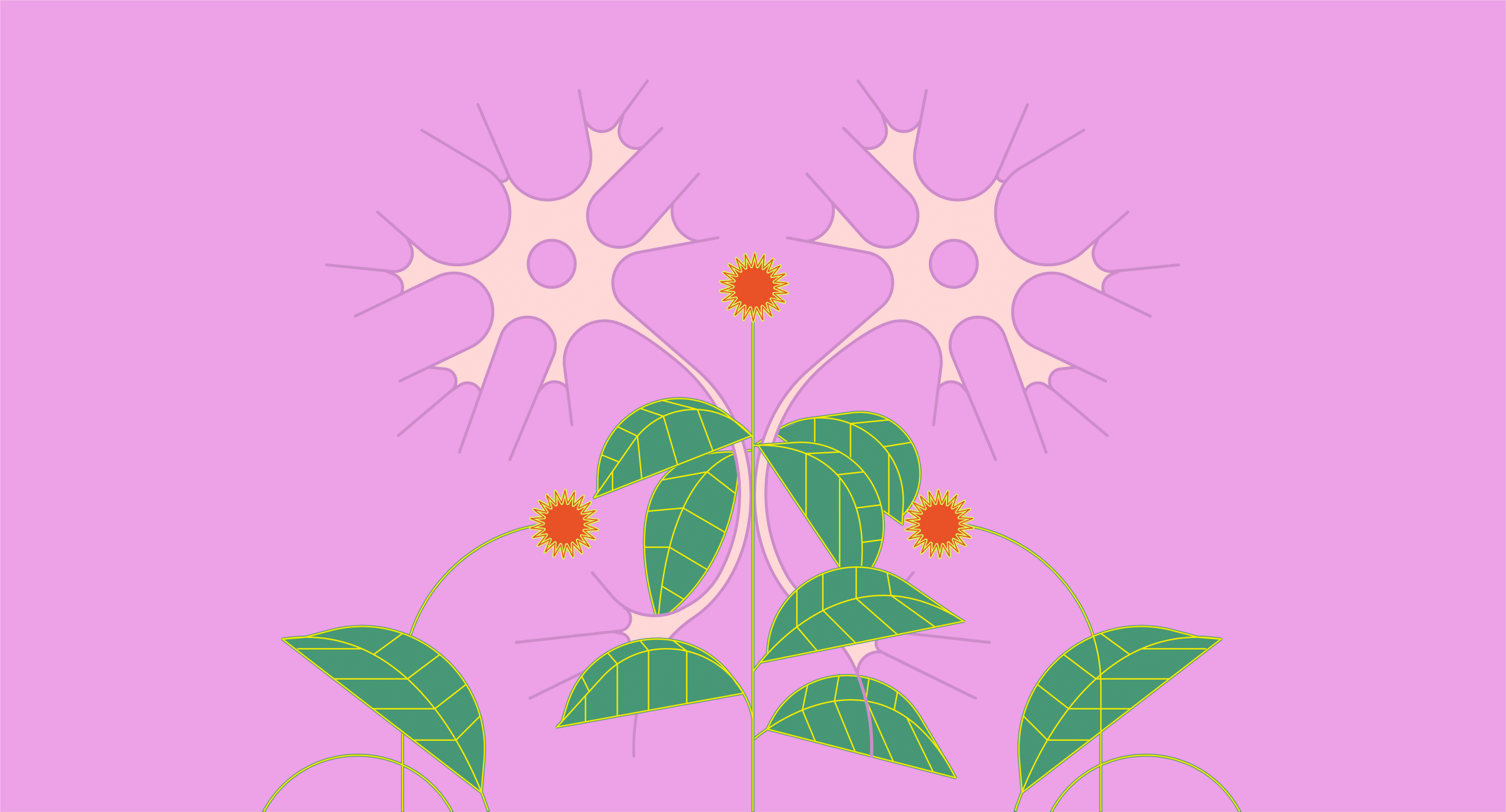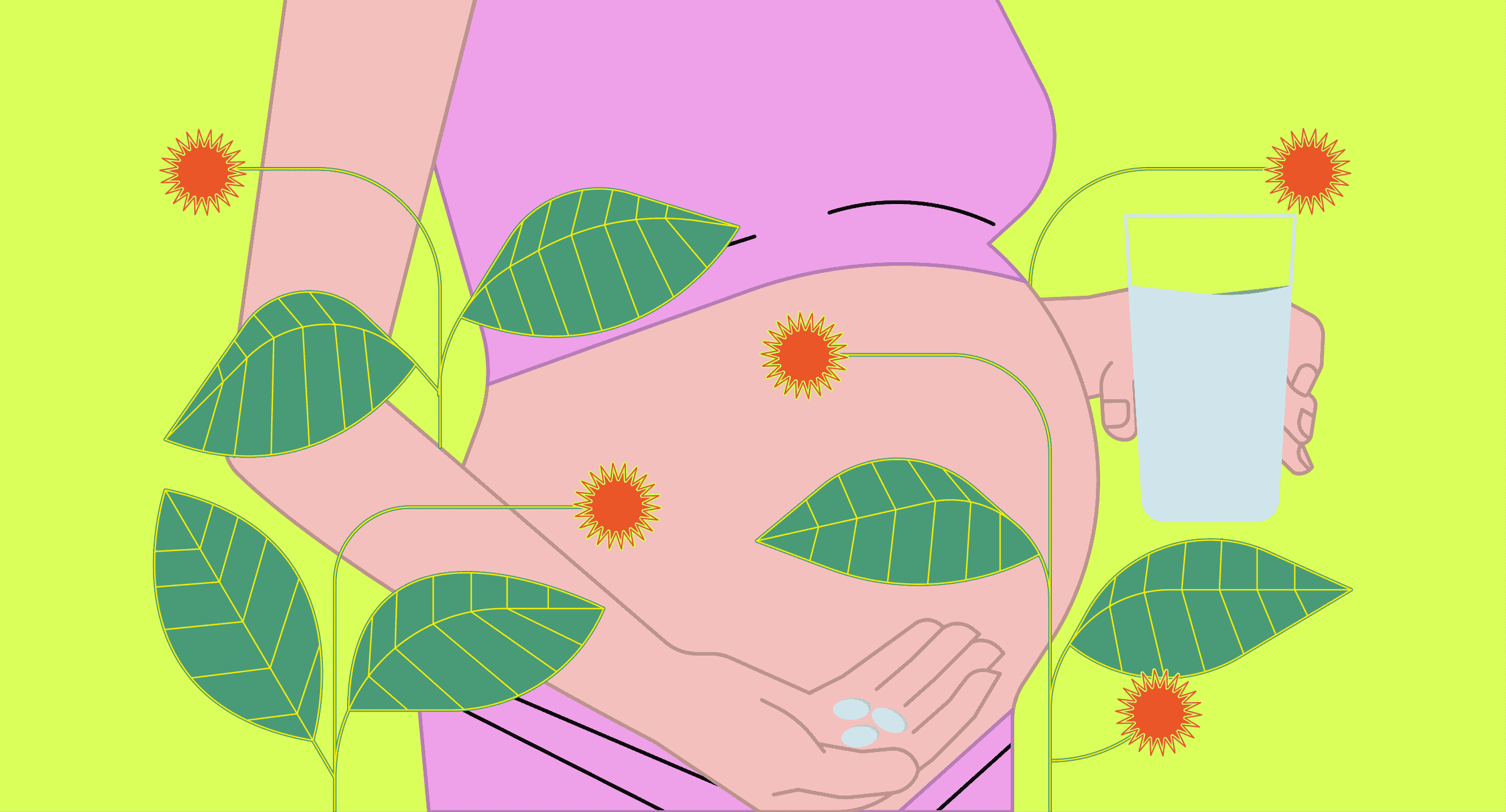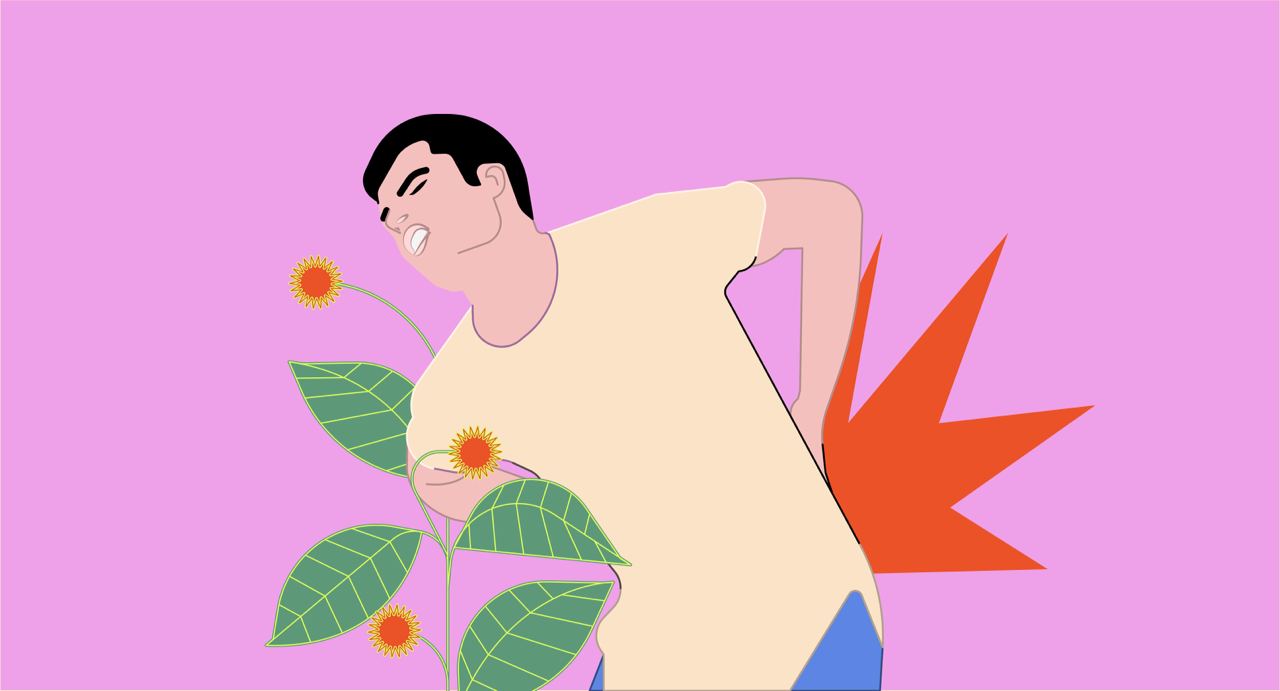Clonazepam is a commonly prescribed benzodiazepine that can ease anxiety, insomnia, seizures, substance withdrawal, and some other neurological disorders.
Kratom is a natural substance that interacts with the opioid receptors in the brain. It may also relieve symptoms of anxiety, insomnia, withdrawal, and other neurological, psychological, and physical disorders.
Although these two substances address similar health implications, it may not be safe to combine the two substances.
In this article, we’ll be assessing:
- How clonazepam interacts with kratom
- Whether it’s safe to combine clonazepam and kratom
- What clonazepam is, its uses, and side effects
- What kratom is, its use, and effects
- The different kinds of kratom leaf
I’ll also answer some frequently asked questions about kratom and benzodiazepines.
Does Kratom Interact With Clonazepam?
Yes. Kratom does interact with clonazepam and has a high chance of interacting negatively with the medication. Clonazepam (a benzodiazepine) and kratom (functioning at the opioid receptors in the brain) are metabolic competitors.
Clonazepam is metabolized in the liver by the CYP450 enzyme “CYP3A4,” among others. Kratom is also metabolized by the CYP3A4 enzyme [1]. Taking kratom with clonazepam can impair the metabolization of both substances, leading to the accumulation of chemicals in the body.

If significant amounts of clonazepam accumulate in the liver, it can lead to several unwanted side effects — some that are potentially life-threatening.
Using kratom while taking clonazepam could also counteract the effects and medical benefits of the drug. In low doses, kratom acts as a stimulant substance — negating the relaxant qualities of clonazepam.
If you’ve been prescribed clonazepam to treat a medical condition such as anxiety, insomnia, or seizures, its interaction with kratom could stop the medication from effectively treating the condition.
Kratom & Clonazepam Interactions
Clonazepam is a medication in the benzodiazepine class. Several drugs in this class function by lowering brain activity by enhancing the effects of gamma-aminobutyric acid (GABA) — a primary neuroinhibitory compound in the brain.
Since all benzodiazepines work through the GABAergic system, they produce similar effects when consumed. Some are more potent than others, but all benzodiazepines interact with kratom.
Other benzodiazepines that interact with kratom in a similar way include:
- Alprazolam
- Chlordiazepoxide
- Clobazam
- Clorazepate
- Diazepam
- Estazolam
- Flurazepam
- Lorazepam
- Midazolam
- Quazepam
- Temazepam
- Triazolam

It’s important to note that although the drugs listed above are benzodiazepines, they vary in potency, duration of action, side effects, metabolism, and elimination from the body. All substances above are metabolic competitors, but some may be more dangerous than others when consumed with kratom.
It’s best to avoid combining any of the substances on the list above with kratom.
Is it Safe to Consume Kratom With Clonazepam?
It’s not recommended to consume kratom if you’re taking clonazepam or any other benzodiazepines. Combining kratom and clonazepam frequently can lead to a toxic build-up of both substances in the liver, which can cause severe health issues.

If you unintentionally consume kratom with clonazepam, watch out for side effects and avoid combining the two in the future. Seek medical help if you experience any severe side effects.
The risk of metabolic competition increases dramatically when kratom and clonazepam are consumed regularly. Daily or even weekly use of these two substances can quickly lead to the accumulation of metabolites, a decreased metabolism, and altered pharmacokinetics.
A decline in liver and kidney function, internal damage, and stomach ulcers can result from regular use of kratom and clonazepam.
Always consult your doctor before consuming any prescription or over-the-counter medications with kratom.
What is Clonazepam?
Clonazepam is a medication that belongs to the benzodiazepine class of drugs. It’s a prescribed medication that’s not available over the counter in most countries. It’s commonly used for treating various conditions and disorders, from anxiety and insomnia to akinetic and myoclonic seizures.
This medication is available in tablet form and taken orally. The prescribing doctor determines the effective dose and frequency, depending on the individual’s condition and response to relevant treatment.
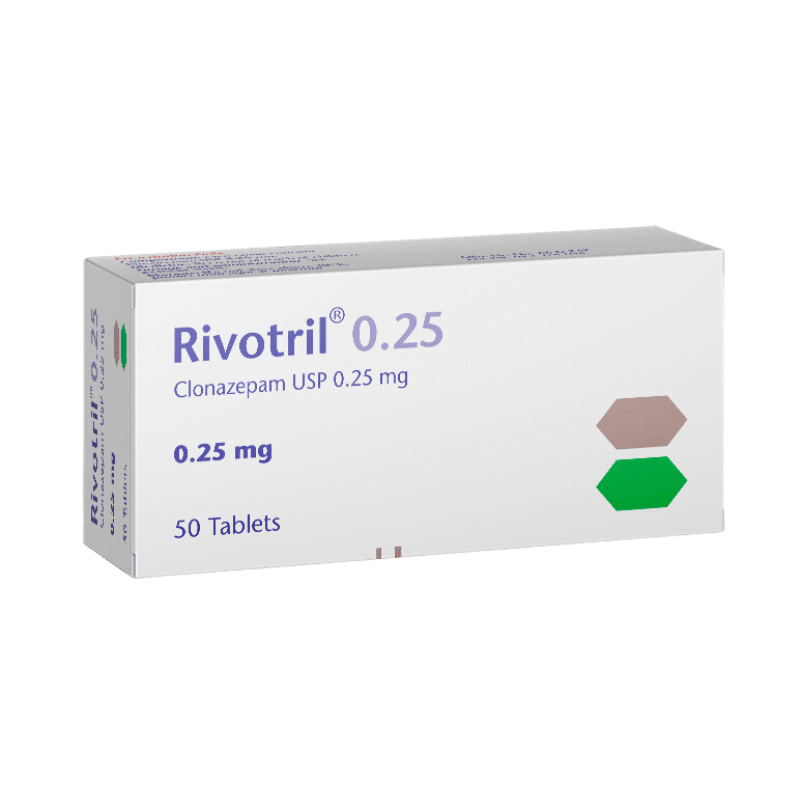
Clonazepam — like other benzodiazepines — has a sedative effect that can cause drowsiness, impaired coordination, and euphoria (in higher doses). It works by enhancing the effects of the neurotransmitter “gamma-aminobutyric acid” (GABA), which helps to calm excessive brain activity and reduce anxiety.
Clonazepam Details & Specifications
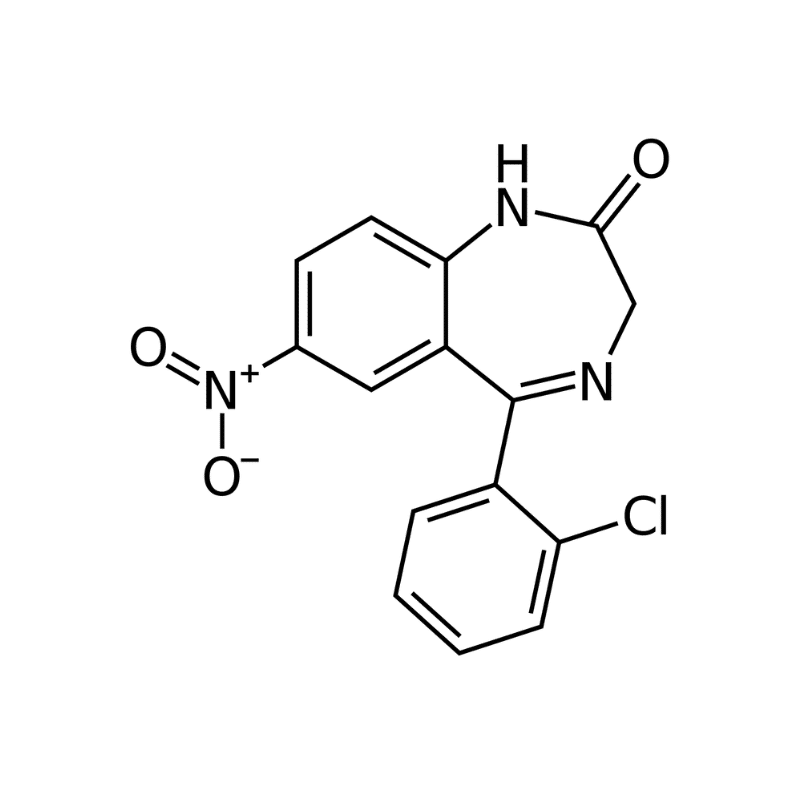
| Drug Name | Clonazepam |
| Other Names | Klonopin, Rivotril, Ravotril, Paxam, Kriadex, Iktorivil, Rivatril, Clonex, Epitril, Antelepsin |
| Classification | Benzodiazepine |
| CYP Metabolism | Cytochrome P450 — CYP3A4 |
| Interaction With Kratom | Metabolic Competitor |
| Risk of Interaction | High |
What Is Clonazepam Used for?
Clonazepam treats a variety of different conditions. It’s mostly used for neurological disorders but is also prescribed for withdrawal symptoms, sleep disorders, and psychiatric disorders.
Here are some of the medical conditions clonazepam is used for:
Anxiety Disorders
Clonazepam is commonly prescribed for generalized anxiety disorder, social anxiety disorder, and panic disorder. It helps reduce excessive worry, fear, and some physical symptoms associated with these disorders.
Seizure Disorders
Clonazepam is effective in the treatment of some seizure disorders. It’s commonly prescribed for absence, myoclonic, and akinetic seizures. The medication helps by controlling the abnormal electrical activity in the brain that leads to seizures.
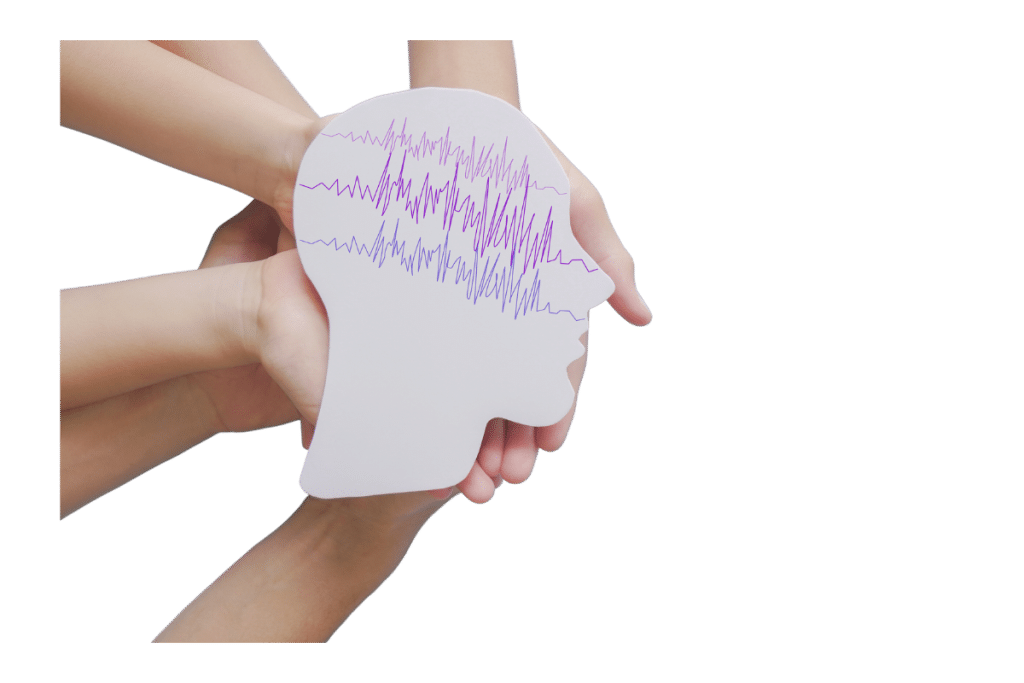
Insomnia
Clonazepam may help with sleep disturbances and insomnia in more severe cases that affect the quality of life. With sedative qualities, it can aid in falling asleep and improving sleep quality.
Restless Leg Syndrome (RLS)
Clonazepam may alleviate the symptoms of RLS — a neurological disorder characterized by an irresistible urge to move the legs. Although the exact mechanism of how clonazepam and other benzodiazepines help RLS isn’t understood, it may provide relief through muscle relaxation, central nervous system depression, and sedation.
Alcohol Withdrawal
Clonazepam is sometimes used to help people who have recently quit drinking after alcohol dependence. It can help manage symptoms associated with alcohol withdrawal, such as anxiety, agitation, and tremors.
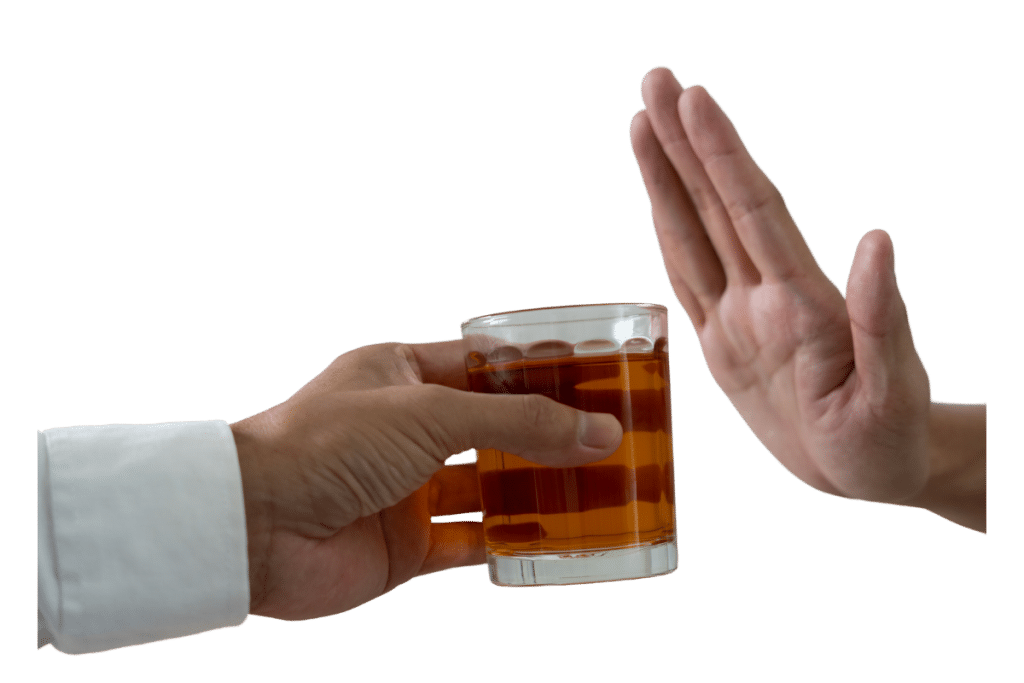
What’s the Dose of Clonazepam?
The dose of clonazepam is set depending on the condition or disorder that’s being treated. A doctor will determine the effective dose by assessing various factors such as the individual’s weight, type of condition, severity of symptoms, and other potentially conflicting medications.
Generally, the dose of clonazepam is around 0.25 and 1.00 milligrams two to three times per day, but this differs slightly depending on the disorder being treated.
For Anxiety Disorders
Adults: The typical starting dose is 0.25 to 0.5 mg, taken two or three times per day. The dose can be gradually increased to a maximum daily dose of 4 mg if required and/or instructed by a doctor.
Elderly Patients: The starting dose is often lower than adults — around 0.25 mg. This can be adjusted as needed when instructed by a doctor.

For Panic Disorder
Adults: The initial recommended dose is 0.25 mg, taken twice daily. The dose may be increased every three days by 0.25 to 0.5 mg until panic disorder symptoms are adequately controlled — this will be outlined by a doctor.
For Seizure Disorders
Adults and Children 10 years and older: The typical starting dose is 0.5 mg to 1 mg, taken thrice daily. This dose may be adjusted based on the response, but it won’t typically exceed 10 mg per day.
Infants and Children under ten years: The dose is based on body weight and individual response and usually doesn’t exceed 2 mg per day. A general doctor or pediatrician will determine the appropriate dose for younger children.
Other Names Used for Clonazepam
Clonazepam is the generic name for this benzodiazepine medication, but it’s also sold under different brand names. The name clonazepam is sold under will depend on your country and the brand the pharmacy stocks.
Some common brand names for clonazepam include:
- Klonopin
- Rivotril
- Paxam
- Rivatril
- Kriadex
- Ravotril
- Clonex
- Kenoket
- Clonotril
- Epitril
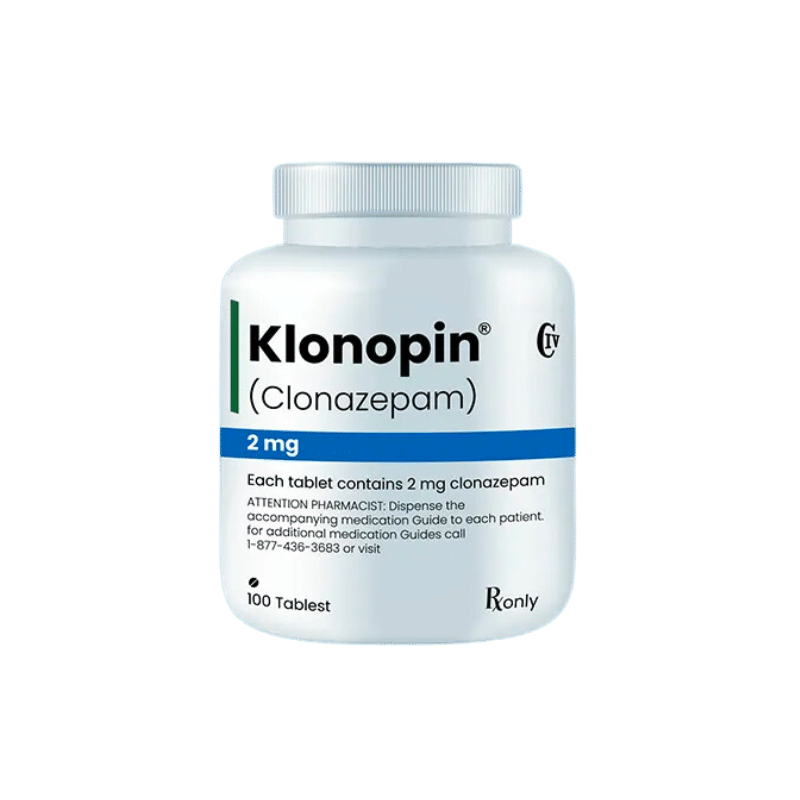
Are There Any Side Effects of Clonazepam?
Like other benzodiazepine medications, there are several side effects associated with clonazepam. Not everyone will experience these side effects, and their severity can vary from person to person. If you’re taking clonazepam, you should watch for these side effects and contact a healthcare professional if they worsen.
Here are some common side effects of clonazepam:
- Changes in appetite (increased or decreased)
- Cognitive impairment
- Dizziness
- Drowsiness
- Dry mouth
- Gastrointestinal issues (nausea, stomach upset, or diarrhea)
- Impaired coordination
- Mood changes (irritability, depression, mood swings)
- Muscle weakness
- Slowed reflexes
Long-term use of clonazepam can lead to dependence with serious withdrawal symptoms after ceasing use [2]. If the individual has been taking clonazepam for a long period and abruptly stops, withdrawal symptoms can occur. For this reason, clonazepam is typically prescribed for short-term or intermittent use.
Withdrawal symptoms from discontinuing the use of clonazepam can include:
- Agitation or restlessness
- Hallucinations or perceptual disturbances (rare)
- Headaches
- Increased heart rate or palpitations
- Insomnia or disturbed sleep
- Irritability and mood swings
- Muscle aches and pains
- Nausea or vomiting
- Rebound anxiety or panic attacks
- Seizures (in rare cases, especially if abruptly stopping high doses or long-term use)
- Sensitivity to light, sound, or touch
- Sweating
- Tremors or shaking

If you’re considering taking clonazepam, have a problem with benzodiazepine addiction, or have concerns about using clonazepam, it’s best to speak to your doctor, who can provide advice and guidance on the drug.
What Is Kratom?
Kratom derives from a Southeast Asian evergreen tree called Mitragyna speciosa. Kratom powders, teas, and extracts come from this tree’s dried leaves, which contain various active alkaloids that produce the effects associated with the substance.

Mitragynine and 7-hydroxymitragynine are the two main active components of kratom. These alkaloids are primarily responsible for the effects associated with kratom consumption — sedation, stimulation, euphoria, and mood enhancement.
There are several strains of kratom that produce slightly different effects (more on this later).
What’s Kratom Used for?
Kratom is commonly used for its effects, such as stimulation at low doses and sedation at higher doses. However, this substance is more than just a recreational drug to many people. Kratom may be an effective treatment for a variety of conditions.
Although the legal classification of kratom is currently hotly debated, several studies are coming to light that outlines the potential benefits of the substance.
Some studies have outlined the effectiveness of kratom for the self-management of depression and anxiety — proving that kratom can be used successfully without escalating drug use or addiction [3].

Other studies have looked into the effectiveness of kratom for withdrawal, addiction, and dependence [4]. Some people have even managed to kick their addictions to alcohol, opiates, and opioids on their own with the use of kratom, according to some surveys [5].
People use kratom to help curb neurological, psychiatric, and physical symptoms. Here are some common conditions that kratom is used for:
- Anxiety
- Depression
- Pain
- Insomnia
- ADHD
- Opiate Withdrawal Symptoms
- Benzodiazepine Withdrawal Syndrome
- Alcohol Withdrawal
What’s the Dose of Kratom?
The effects of kratom are highly variable. A variety of factors can alter the effectiveness of a certain dose, such as the strain, quality, consumption method, body weight, age, metabolism, the condition being treated, and the fullness of the stomach.
The best dose of kratom to start with is 2 grams. This can be increased over time if required.
Lower doses of kratom are usually more stimulating and improve focus, moderate doses tend to be more relaxing and pain-relieving, and high doses are much more sedating and help promote sleep.
- Low Dose: 1 to 3 grams
- Moderate Dose: 3 to 5 grams
- High Dose: 6 to 10 grams
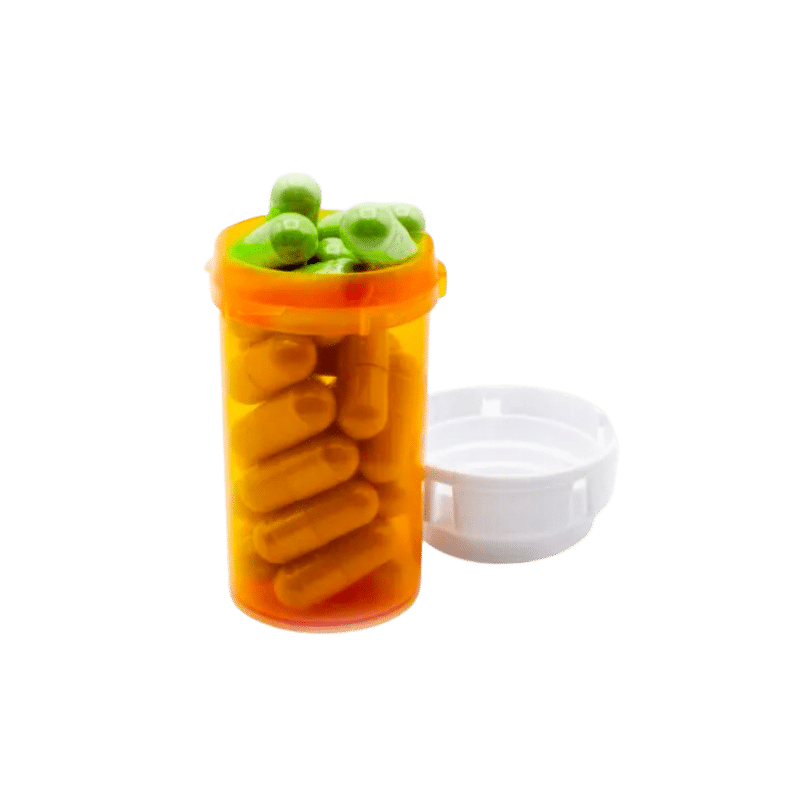
To determine the adequate dose for you, we recommend using a dosage calculator before consuming kratom for the first time.
Side Effects of Use
When responsibly consumed on its own, kratom is well-received. Irregular use of low doses of kratom is relatively safe, and the user is unlikely to experience many (if any) side effects. However, as with any substance, people can react differently to kratom.
Some people may be more sensitive to kratom than others — feeling more pronounced psychoactive effects and/or negative side effects.

The risk of developing side effects from kratom use increases when it’s taken regularly, at high doses, or combined with another substance. To consume kratom safely, you should monitor dosage closely and refrain from using it regularly.
Here are some of the possible side effects of kratom:
- Constipation
- Dizziness and lightheadedness
- Dry Mouth
- Fatigue
- Headache
- Increased urination
- Irritability and agitation
- Mood swings
- Loss of appetite
- Nausea
- Vomiting
- Excitation
- Sweating
- Tremors or shakes
What Are the Different Types of Kratom?
There are several different types of kratom. The strain, country of origin, and kratom quality all impact the substance’s effectiveness. Although you’ll find different kratom variations available from various vendors across the web, there are four main strains of kratom that all produce slightly altered effects.
These are the four main kratom strains and how they differ:

1. White Vein Kratom
White vein kratom is notably more stimulative compared to other strains. White vein kratom can improve focus and concentration and boost energy when consumed in low to moderate doses. In higher doses, it does turn more sedative and induces a relaxed state.

2. Red Vein Kratom
Red vein kratom is more calming than other strains. It has relaxant qualities in low to medium doses and strong sedative qualities in high doses. People often select red vein kratom to alleviate pain, improve anxiety, curb insomnia symptoms, and elevate mood.

3. Green Vein Kratom
Green vein kratom is the most balanced strain. It offers the user a combination of stimulation and relaxation. The levels of both effects vary depending on dose — lower doses produce more stimulation, and higher doses produce more relaxing effects. People often use green vein kratom for general mood enhancement, improving focus, or promoting sleep.

4. Yellow Vein Kratom
Yellow vein kratom is a fermented version of green vein kratom. The fermentation process alters the chemical composition of the leaves and creates a substance with a smoother, milder effect. This strain is less stimulating and more relaxing than regular green vein kratom.
Frequently Asked Questions About Kratom & Benzodiazepines
1. Can Kratom Help With Benzodiazepine Withdrawal?
Studies have looked into the effectiveness of kratom for people suffering withdrawal from the use of opioid drugs [6]. Kratom functions at the opioid receptors in the brain, so it makes sense that it would help ease withdrawal symptoms from “harder” opioid drugs.
Although benzodiazepines can produce similar effects to opioid substances and both work through the central nervous system, they are entirely different. However, one thing similar to these two drug classes is the intensity of withdrawal symptoms. Opioids and benzos are notoriously hard to quit due to the often insufferable withdrawal symptoms that follow.
Kratom may help ease symptoms of benzodiazepine withdrawal by providing some relief from anxiety, insomnia, and restlessness. Its active compounds can interact with opioid receptors in the brain, potentially mitigating withdrawal discomfort.
It’s important to note that using kratom for benzodiazepine withdrawal is not supported by robust scientific evidence or medical guidelines (yet). Consult your doctor for guidance and support when managing benzodiazepine withdrawal before taking kratom as a treatment.
2. Can Kratom Be Used Instead of Benzodiazepine Medications?
Although kratom may help with some of the disorders that benzodiazepines are prescribed for, such as anxiety, insomnia, and alcohol withdrawal, it’s not a replacement for these medications.
We can’t recommend kratom over a benzodiazepine medication, and we strongly disadvise you to quit using a prescribed medication if you have a serious condition or disorder that’s under treatment.

That said, you may find relief through kratom use for certain disorders that benzodiazepines can treat.
If you are already taking benzodiazepines for treating anxiety, insomnia, or substance withdrawal, you should speak to your doctor for advice on kratom as an alternative.
If you have a mild psychological disorder, general pain, or a sleeping disorder and you’re not currently taking benzodiazepines, kratom may help you.
Make sure to educate yourself as much as possible and figure out your effective dose before using kratom as a treatment. You should consult a healthcare professional before consuming kratom or other medication to treat a health issue.
3. Are There Any Similarities Between the Effects of Kratom & Benzodiazepines?
Yes. There are some similarities between the effects of benzodiazepines, such as clonazepam and kratom, but they are also very different.
Kratom and benzodiazepines produce sedative effects, promote relaxation, and relieve pain. They may also alleviate symptoms of anxiety and promote sleep in insomnia sufferers. However, while both substances cross over regarding effects, they act at different centers in the body.

Kratom acts primarily on the opioid receptors in the brain, whereas benzodiazepines directly target the GABA receptors in the brain. Furthermore, benzodiazepines have a more potent and predictable effect on the central nervous system, whereas the effects of kratom can vary depending on the strain, dosage, and individual response.
While there may be some similarities in effects between kratom and benzodiazepines, the mechanisms and risks of both differ significantly.
4. Does Kratom Have Addictive Properties Similar to Benzodiazepines?
Kratom and benzodiazepines can lead to dependency and addiction. However, their addictive properties aren’t identical.
Benzodiazepines are known to have a high risk of physical and psychological dependence when used long-term or in high doses. Abruptly discontinuing benzodiazepines after regular use can result in withdrawal symptoms —- some that are so severe they can hospitalize people.

Kratom can be addictive, and some people report experiencing dependence and withdrawal symptoms with kratom use. However, its potential for dependence and addiction is still being studied and is subject to ongoing scientific debate. Dependence and resulting withdrawal seem more prevalent in those that frequently consume high doses of kratom.
With that said, the risk of addiction, dependence, and withdrawal appears to be lower with kratom than it is with benzodiazepines. It’s important to exercise caution when consuming kratom, benzodiazepines, and any other potentially addictive substance.
If you have concerns about the addictive properties of kratom or benzodiazepines or are going through addiction, it’s advisable to speak with a healthcare professional for personalized advice and guidance.
- Kamble, S. H., Sharma, A., King, T. I., León, F., McCurdy, C. R., & Avery, B. A. (2019). Metabolite profiling and identification of enzymes responsible for the metabolism of mitragynine, the major alkaloid of Mitragyna speciosa (kratom). Xenobiotica, 49(11), 1279-1288.
- Edinoff, A. N., Nix, C. A., Hollier, J., Sagrera, C. E., Delacroix, B. M., Abubakar, T., … & Kaye, A. D. (2021). Benzodiazepines: uses dangers, and clinical considerations. Neurology international, 13(4), 594-607.
- Müller, E., Hillemacher, T., & Müller, C. P. (2021). Kratom use for depression/anxiety self-management: challenges during the COVID-19 pandemic–A case report. Heliyon, 7(5), e07039.
- Havemann-Reinecke, U. (2011). P01-50-Kratom and alcohol dependence: Clinical symptoms, withdrawal treatment and pharmacological mechanisms-A case report. European Psychiatry, 26(S2), 50-50.
- Coe, M. A., Pillitteri, J. L., Sembower, M. A., Gerlach, K. K., & Henningfield, J. E. (2019). Kratom as a substitute for opioids: results from an online survey. Drug and alcohol dependence, 202, 24-32.
- Boyer, E. W., Babu, K. M., Adkins, J. E., McCurdy, C. R., & Halpern, J. H. (2008). Self‐treatment of opioid withdrawal using kratom (Mitragynia speciosa korth). Addiction, 103(6), 1048-1050.


